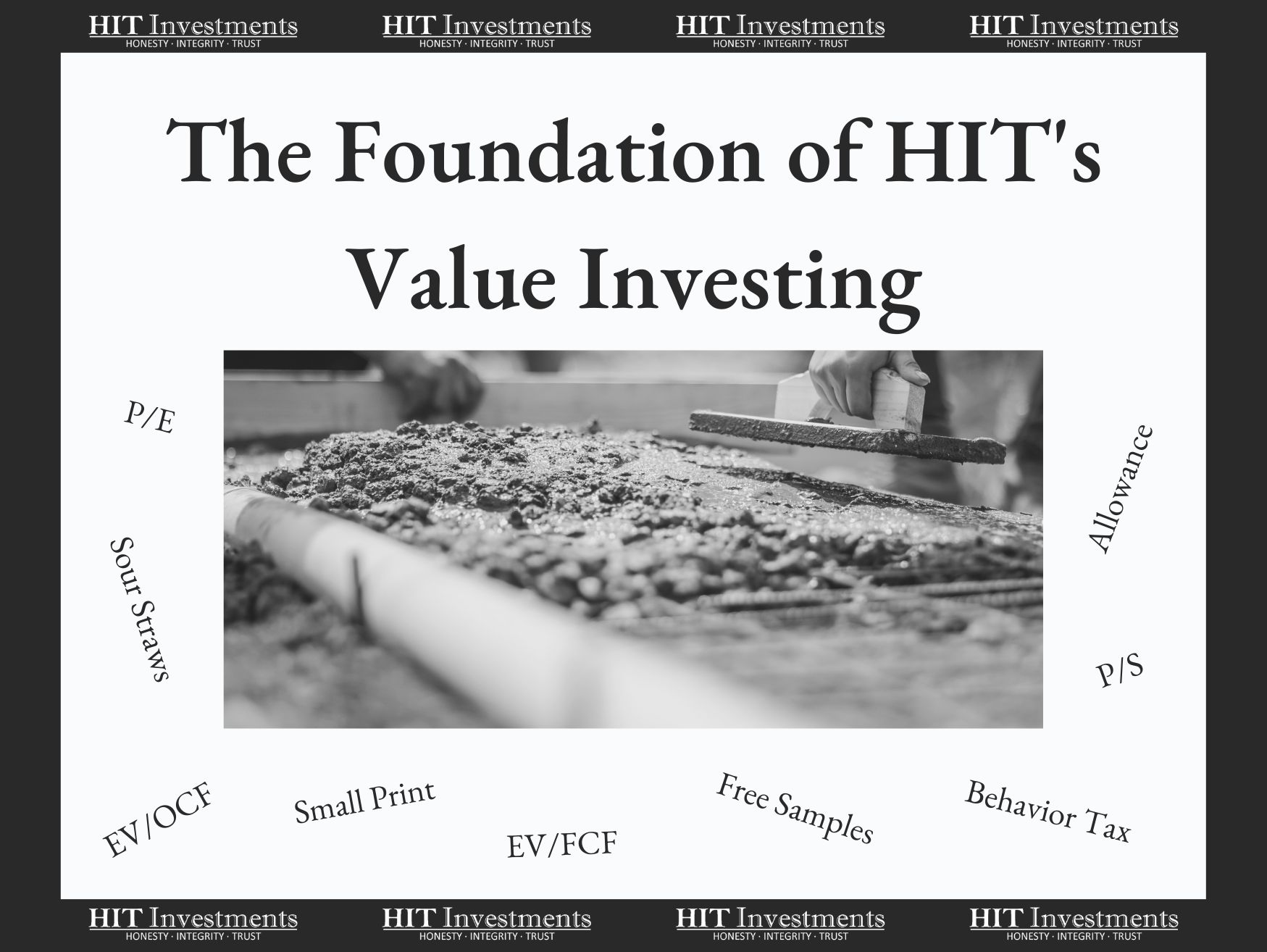This summer, while I was back on the farm reminiscing about childhood with my family, the topic of the money board came up. What is the “money board” you might ask? It was the bane of my childhood existence, but now it is better known as the method by which my mom taught us about morals, math, and money.
When I was young, my sisters and I could earn a weekly allowance if we did our chores but if we misbehaved it would be taken away. Mom kept track of our earnings and losses on the “money board” and this is what kept us out of trouble, led to my first microbusiness, and kick started my value investing journey.

View of the sunset while reminiscing with my family
First Micro Business
Mom regularly took us on her shopping trips and one of our favorite stops was Sam’s Club. The free samples were awesome and were mostly free until we started to mis-behave. One time while we were at Sam’s and there were no free samples, I was pushing the cart down the candy aisle and noticed Sour Straws only cost 26¢ a piece. The vending machine at school sold them for $1.25. I quickly convinced my mom I wouldn’t eat all 24 units of sour straws and bought my first box. The following day when I undercut the vending machine at school there was more demand than I expected and I was soon buying and selling an assortment of goodies.
My business has evolved a bit from 2nd grade, but the general concept of earning an allowance, purchasing, and selling candy isn’t all that much different than the value investing I do in HIT Capital today.
Value Investing Beginnings
My secret weapon at Sam’s club was finding the small print with the unit costs. When I had the unit cost I could compare it to the prices my schoolmates were willing to pay and estimate a profit. My secret weapon at HIT Capital is creating my own “small print” by building software that screens almost 40,000 companies for growth and cheapness.
In terms of cheapness or “value”, I look for the lowest stock price in comparison to profit. Instead of buying sour straws for 26¢ to sell for $1, I buy Pepsi stock for $168 and expect to earn a profit of $6. In this example Pepsi has a Price to Earnings (P/E) ratio of $168/6 or 28.
As I improved at picking which candy my schoolmates wanted, the more I could profit. The same can be true for picking stocks. Instead of calculating candy unit costs I’m reading companies’ financial statements. In some cases, reading the financials is simpler than reading the small print at Sam’s Club because at times there was no small print, but with stocks there are always financials.
Get Comfortable With The Financials
You may not have some fancy financial software but you can still learn to read the financial statements and become a better investor. For instance, after reading Dr. Pepper’s financials I might choose to stop buying Pepsi and start buying Dr. Pepper’s stock because it sells for $20 less and earns the same $6 in profit. That’s a P/E of 25 in comparison to Pepsi’s P/E of 28.
As I expanded my candy business and started selling home grown vegetables it started to get more complicated. There were more factors involved in growing and selling vegetables like bugs, drought, shelf life, and selling to businesses. The complications and differences between selling candy and vegetables are similar to comparing Pepsi’s stock to Tesla instead of Dr. Pepper.
Depending on how you look at it, vegetable sales and investing can sound complicated but it doesn’t have to be. In the next posts I’ll focus on what value investing metric’s I’ve found to be the most important when comparing stocks across industries.
More to come on:
- Price to Sales
- Price to Earnings
- Price to Book
- Enterprise Value to Free Cash Flow
- Enterprise Value to Operating Cash Flow
- Enterprise Value to Earnings Before Interest, Taxes and Depreciation



Leave A Comment